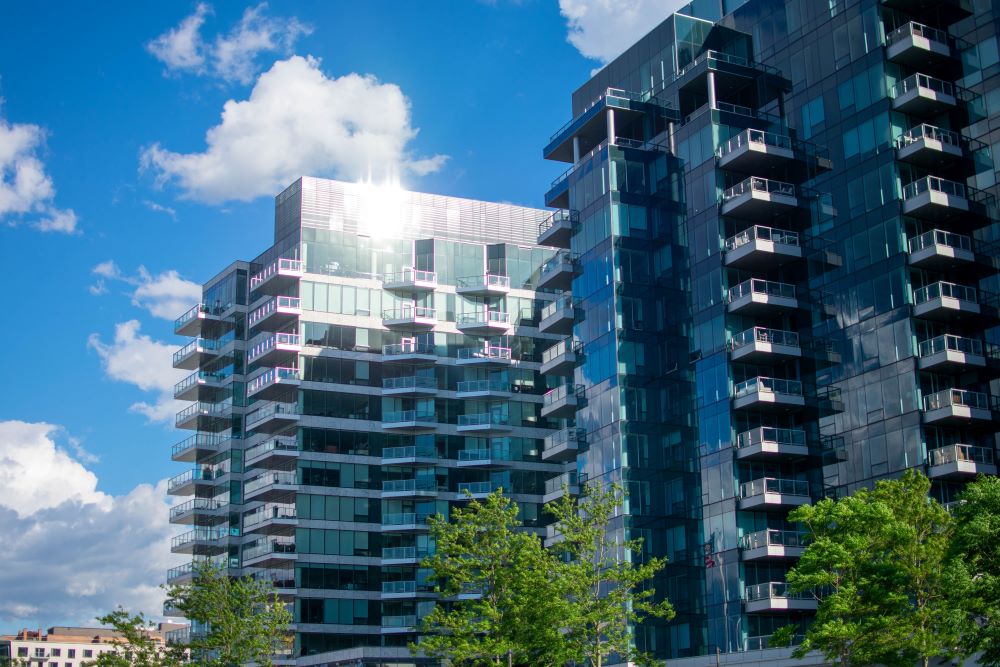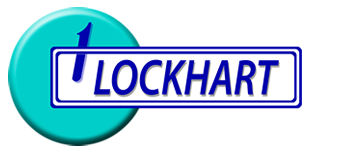Top 4 Advantages of a Mini Split Heat Pump
Looking for a cost and energy-efficient way to heat your home or business? Many people choose a mini split heat pump over traditional heating systems such as electric heating, gas heating or boilers.
Mini split systems offer several benefits compared to other types of heating systems. Read on about these benefits and how mini split systems stack up against the competition.
What is a Mini Split Heat Pump?
A mini split heat pump is a heating and cooling system consisting of two main components: an outdoor condensing unit containing the compressor and an indoor air-handling unit connected via two narrow refrigerant lines.
Mini split heat pumps use coiled refrigerant lines to pull heat from the outside air, which provides warmth during cooler months. This heat is transported along the connecting line to the indoor unit, which is expelled into the room on demand.
One of the most significant selling points of mini split systems is that multiple indoor units can be paired up with a single outdoor unit to create zones with individual temperature control easily.
 Since this type of heating and cooling system is ductless, they tend to be used in spaces where installing ductwork is not possible, such as:
Since this type of heating and cooling system is ductless, they tend to be used in spaces where installing ductwork is not possible, such as:
- Apartment buildings
- Basements, garages, or attics
- House additions or new renovations
Top 4 Advantages of a Mini Split Heat Pump
There are 4 main advantages of mini split heat pumps:
- Easy to install. Mini split systems do not use ducts or vents, so installation and maintenance are easy.
- Highly efficient. Mini split systems provide excellent temperature control with a lower monthly energy bill.
- Improved air quality. Onboard air filters trap allergens and other pollutants, preventing them from circulating.
- Ideal for zoning. Each indoor unit has a thermostat, allowing for temperature control in each room.
Some things to be aware of before committing to a mini split heat pump include:
- High upfront cost. The cost of purchasing and installing mini split systems can range from $4,000 and $6,000, but the payback is relatively quick.
- Lower performance in extreme temperatures. Because mini split systems draw heat from the outside air, they are less effective when temperatures are below freezing but ‘boosted’ EVI systems compensate quite nicely for the deep temperatures.
How Do Mini Split Heat Pumps Compare to Traditional Heating Systems
Are you considering changing to a mini split heat pump for your home heating and cooling but wondering how it will compare to your current system? Read on for a review of the most common traditional heating systems and how they stack up against mini splits.
With all these traditional heating systems, it is worth remembering that they only provide heat, whereas a mini split is a heat pump so it also provides cooling in warmer months.
Forced-Air Systems
Forced-air systems use furnaces powered by electricity, natural gas or oil to warm the air, distributed around the home via a series of ducts and vents. They provide fast, even heat which is distributed around the whole house.
Compared to mini splits, forced air systems are:
- Cost-effective. The cost of installing a forced-air system is much higher, between $12,000 and $15,000.
- Less efficient. Forced-air systems require a lot of energy and heat the entire house, resulting in higher monthly bills than an efficient mini split.
- One temperature for all. The duct and vent system does not allow for individual temperature control in each room, which is possible with a mini split.
Boilers/Radiators
Whether they are a gas heating, oil heating, steam or hot water system, all boilers work in essentially the same way. The purpose of the boiler is to heat water. This water, or the steam it produces, is piped to metal radiators throughout the home. As the metal warms, heat is released into the house.
Compared to mini split heat pumps, boiler systems are:
- Quiet. Radiator systems are usually very quiet as there is no air being blown around.
- Reliable in low temperatures. Radiator and boiler systems produce consistent and reliable heat no matter how cold it is outside.
- Slower to adjust the temperature. Although each radiator has a thermostat, an increase or decrease in temperature can take some time as the metal radiator must heat or cool. In comparison, a mini split offers instant temperature control.
Radiant Heat
Radiant heating systems are those where heat is produced underneath the floor. The heat rises or radiates from the floor warming the room as it goes. There are two main types of radiant heating systems:
- Hydronic – where hot water is run beneath the floor
- Electric – where electric wires under the flowing produce heat
Compared to mini split heat pumps, radiant heat systems are:
- Discreet. Whereas mini split systems require an air handler on the wall in every room, radiant heating systems are built into the floor, making them invisible.
- Compatible with eco-friendly options. Radiant heaters can be paired with solar or geoexchange energy systems for almost zero energy usage.
- Costly. The installation and repair of radiant heating can be expensive compared to mini splits, as the floor needs to be removed to gain access.
Wood Stoves
Modern wood stoves are not the inefficient, wood-consuming heaters they used to be. The heat produced by a wood-burning stove is absorbed by the metal body and then radiates out to heat the room. Stoves can be fueled by wood, compressed sawdust pellets or even agricultural waste and are far more efficient than their predecessors.
Compared to a mini split heat pump, wood stoves are:
- Energy efficient but only sometimes eco-friendly. A wood stove’s environmental impact is a matter of debate. While they use no energy to heat the home, they require the burning fossil fuels. However, modern wood stoves burn biomass (wood, sawdust pellets, agricultural waste, etc.) with little pollution.
- Manual labour. Wood, pellets or biomass must be loaded directly into the stove or furnace regularly.
- An emissions risk. Faulty wood stoves can emit carbon monoxide, carcinogenic smoke and other poisonous gases, which is not a risk with a mini split.
Electric Heating
Electric heating produces heat through the conversion of electrical currents into heat. Inside each electric heating unit, electricity is passed through a heating element where electrical resistance converts the current to heat. This heat is then distributed into the surrounding air.
Compared to a mini split heat pump, electric heaters are:
- Low energy converting. Electric heating systems convert ~100% of electric energy into heat, whereas mini splits are ~3-4 COP so 300 to 400% efficient.
- Costly to run. Despite the high conversion rate, electric heaters require a lot of energy to run, which results in high electricity bills.
Speak to the Mini Split Experts at Lockhart Industries
Ultimately, a heating system has to suit the space it is intended for and the home or business owner’s budget.
While costing near the same upfront, a mini split system can provide reliable heating with a low monthly energy bill.
Will a mini split system work for you? Lockhart Industries’ technicians can help with that. Offering HVAC services to southern Vancouver Island since 1976, we know what works. Contact us now to find out more.
Easy Financing with…
Start Saving Money NOW! There’s no need to putting off a more Energy Efficient, Cost Effective home comfort system. We make it simple!
With Financeit you can:
- Make additional payments any time without penalty.
- Get a lower payment by choosing an amortization period of up to 180 months. 7.99% to 11.99% interest rate.*
- We add a small fee to the loan amount. There are no hidden or additional charges
- Bank-level encryption (AES-256 bit SSL) to protect your personal information.




